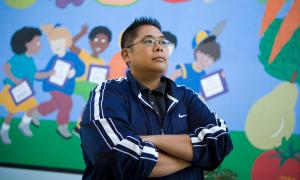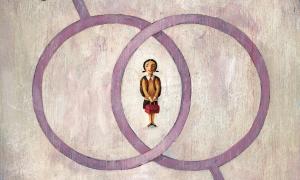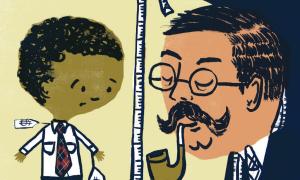article
5,430 Results
article
A Message From Our Director
In the wake of the Sandy Hook shooting, Teaching Tolerance director Maureen Costello wants to tell educators that they are valued.
article
Any Small Act of Kindness
Sara Kimmel has made her library—and her school—a nurturing, inclusive environment.
article
article
article
And the WINNERS are …

The 2012 Teaching Tolerance Award for Excellence in Culturally Responsive Teaching
article
article
Bound for Sainthood
This excerpt accompanies the Teaching Tolerance lesson "Pauli Murray: Fighting Jane and Jim Crow."
article
Bathroom Rules to Keep Students Safe
For transgender youth, the school’s bathroom can be a dangerous place. School administrators must set policies now allowing for students to use the facilities to match their gender identities.
article
Primary Grades are Ready to Talk Peace
Picture books can help 5-year-olds explore social justice topics and nonviolence. The resulting discussion is the start of a peace curriculum.


